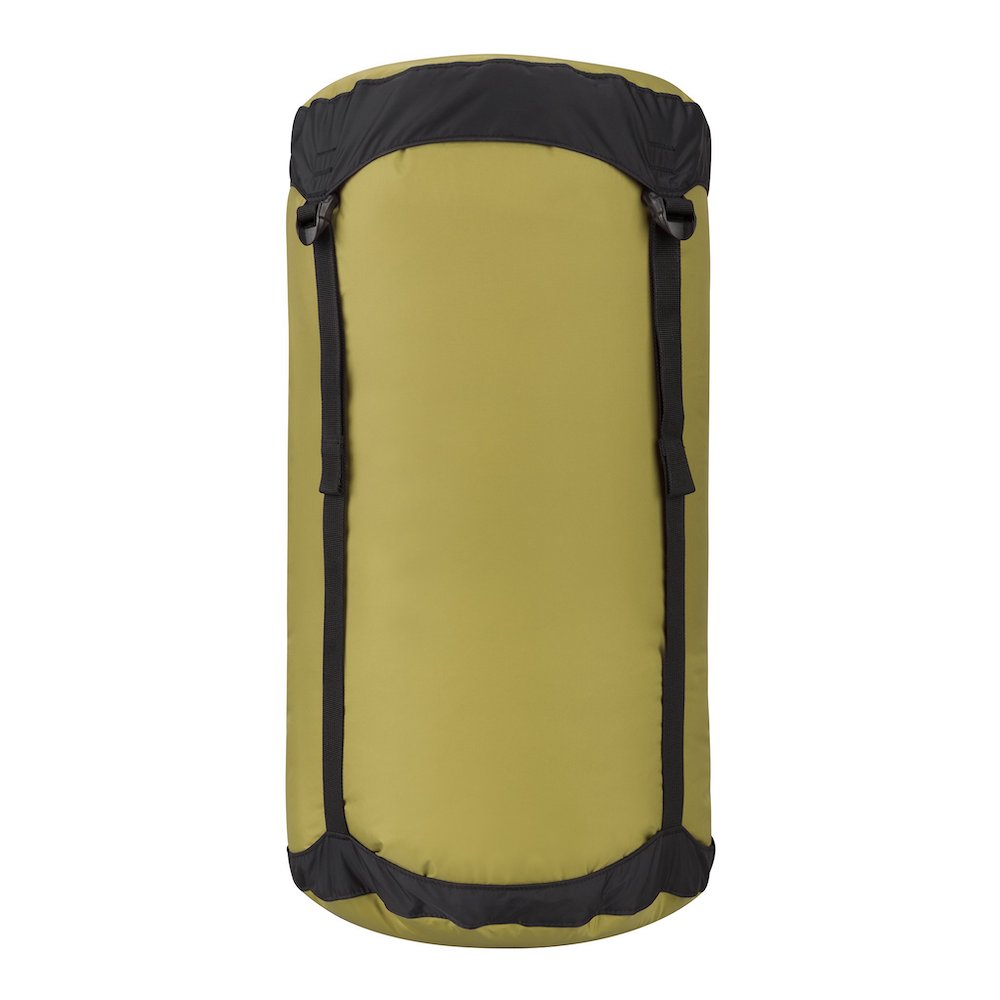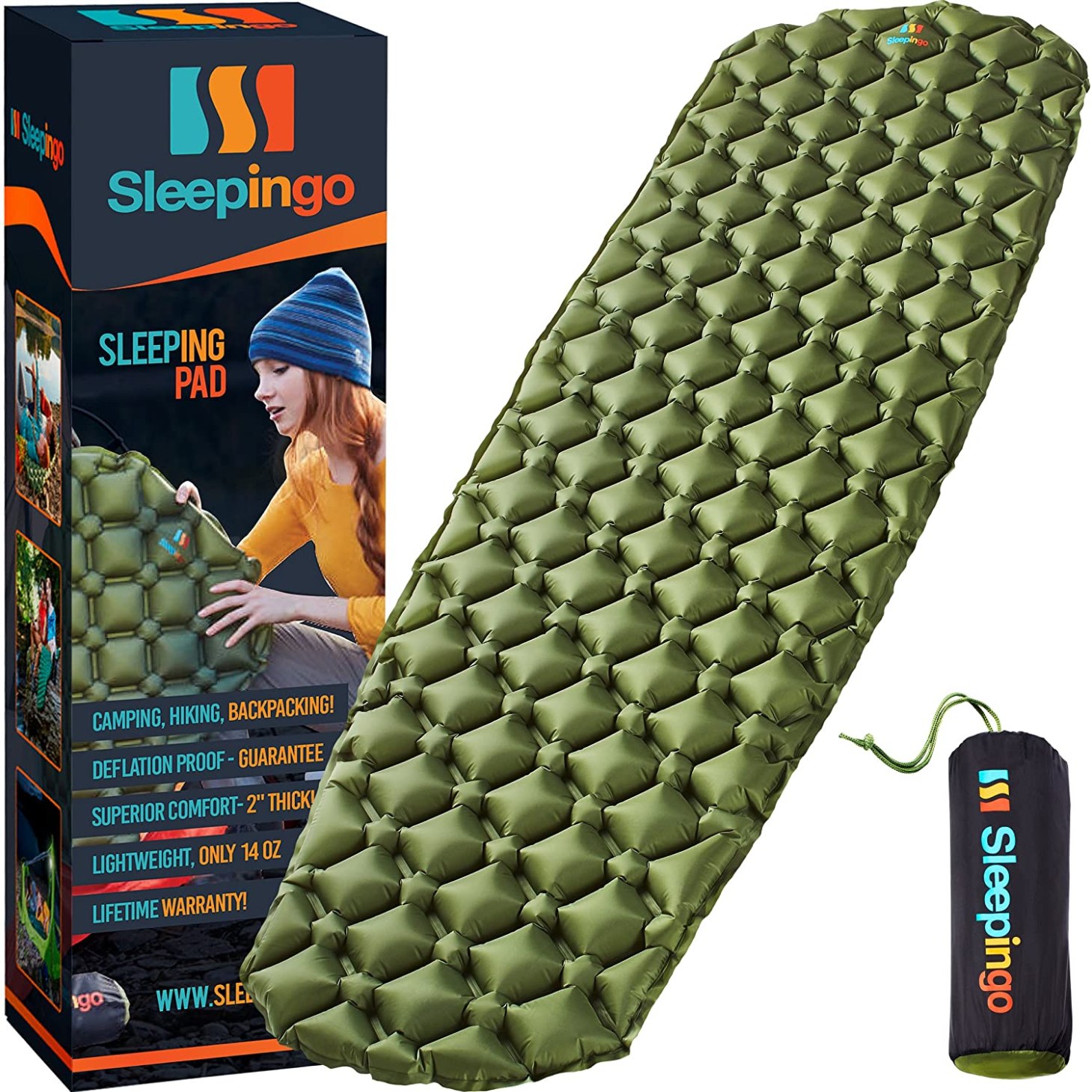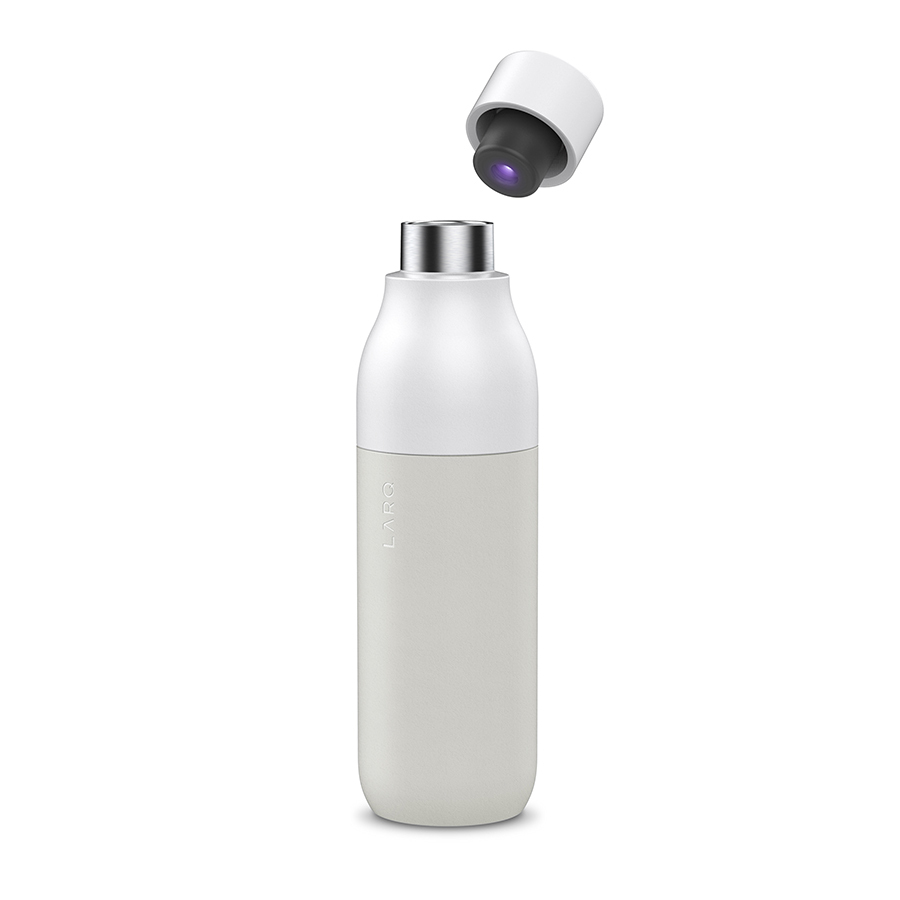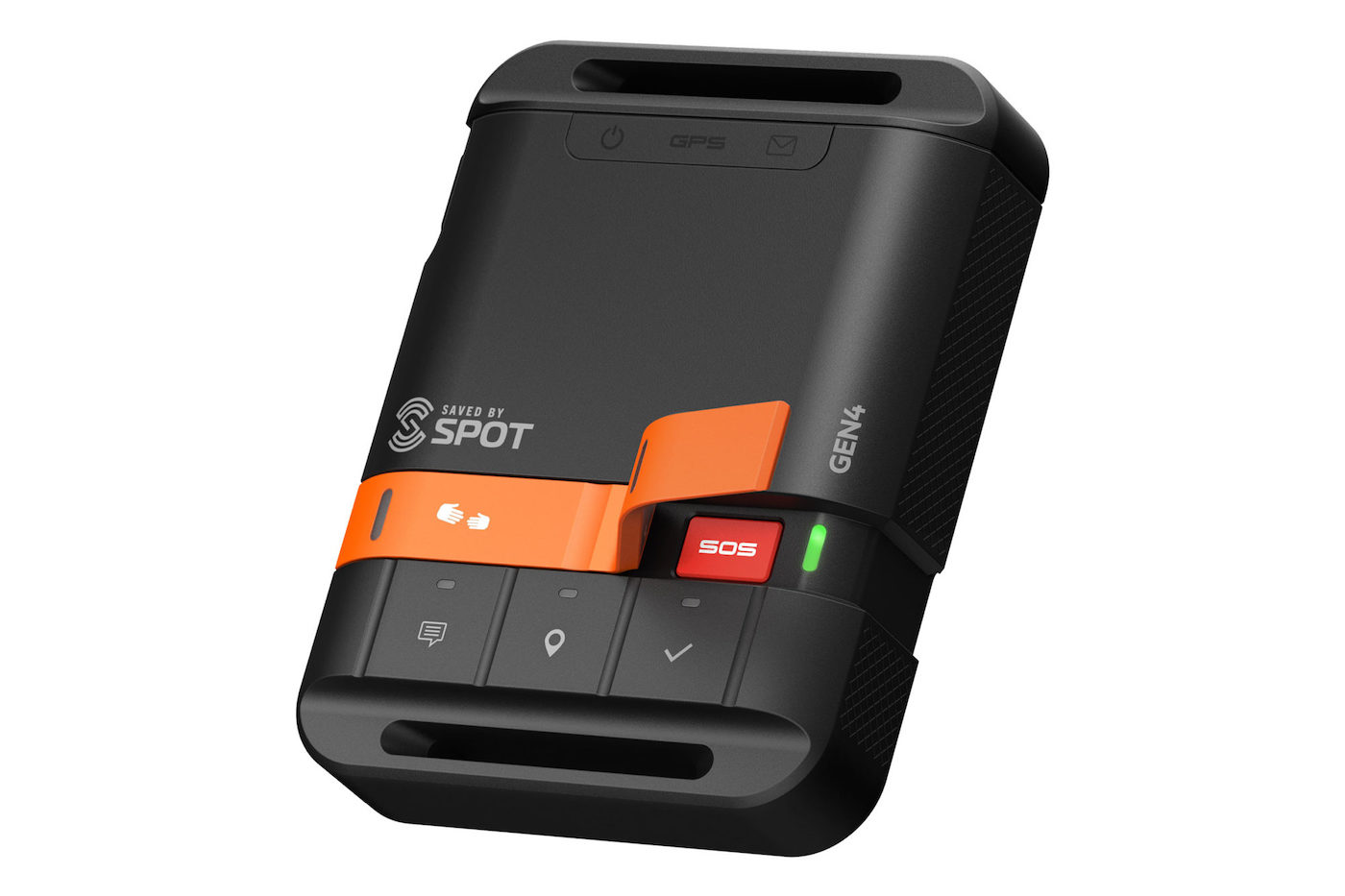‘I’m a Forest Ranger and These Are the 9 Items I Never Camp Without’
You might think you know what camping essentials you need, but do you really? As summer winds down and chilly weather is on the horizon, potential beach days might be dwindling. However, your chances to camp are better than ever. Between the cooler temps and scenic autumn trails, the end of summer/early fall is the perfect time to camp in most places around the U.S.
But before you venture off into the great outdoors, take a minute to make sure you have all the essentials. Whether you're heading out for a weekend hike, or are planning an off-the-grid adventure for a week or more, camping safely requires planning and research to ensure you stay safe in the backcountry. That's why we tapped Lieutenant Kevin Burns, a forest ranger with the New York State Department of Environmental Conservation for his recommendations on hitting the trails.
- Lt. Kevin Burns, Lieutenant Kevin Burns is a forest ranger in Zone C in the High Peaks region of Adirondack Park.
Burns has been keeping visitors safe in the Adirondack Park for more than 20 years. As a ranger in the park's High Peaks region—a mountain range that draws hikers, bush whackers, and campers alike—Burns knows the ins-and-outs of camping comfortably, and more importantly, safely. While he has recs for the fun stuff, like sleeping bags and hiking boots, he says the number one essential you can bring to your camping trip is knowledge. It may sound cheesy, but it's true—being prepared before going camping is truly the number one must-have.
"People need to spend some time doing the research where they're planning on going, what they plan on accomplishing," he says. "You could reference some guidebooks, reference some of the blogs that are out there, even call your local forest ranger and ask questions via the phone. But research is huge—to start with research is going to make your trip so much more enjoyable."
{{post.sponsorText}}
If you're planning on primitive camping (aka, camping with a tent or under the stars), do your homework. Scout the area beforehand and know the rules, especially for things like fire safety, food storage, and conservation. This will keep you and your campsite safe during your stay and in the long-run.
As for your gear, Lt. Burns has a ton of recommendations. Below are the best camping essentials he never camps without.
9 best camping essentials, according to a forest ranger
1. Supportive hiking footwear
The very first camping essential Burns recommends for packing for the backcountry is a solid pair of hiking boots. "When you're carrying a 30-40 pound pack, it's pretty easy to roll your ankles," says Burns. "Sneakers and sandals won't cut it. It doesn't have to be expensive but just something with good ankle support."
Look for a boot that comes up and around your ankle bones for support along rocky terrain or down narrow inclines. Some safe, affordable options include the —these will support you when walking on rocky terrain or navigating steep, narrow inclines. Some solid, affordable options include the Merrell Moab 2 Mid Waterproof ($135), which offer great support and keep feet dry in the water and mud, or the Salomon Outline Mid Goretex ($150), which have the flexibility of a running shoe and the sturdiness of a boot.
2. A well-fitted, durable backpack
Whether you're heading our for a weekend getaway of car camping or planning a week-long excursion into the woods, Burns suggests investing in a hardy backpack. Don't skimp on your selection—look for equipment that's lightweight but sturdy enough to withstand the elements, can store all your stuff, and, most important, feels comfortable on even the longest hikes.
"The best thing you can do is go to a shop and get yourself properly fitted for a backpack," he says. "They'll spend a lot of time fitting you for a proper fitting backpack which is really important because if you get one that doesn't fit correctly, it's going to pull on your shoulders and not fit comfortably."
3. A proper sleeping bag
Burns explains that your sleeping bag selection should be determined based on the season. In summer and mid-fall, a lighter sleeping bag rated for sleeping in 20-30 degrees Fahrenheit or a camping blanket should do the trick. If you're going out in the winter months, however, you'll need something warmer, likely rated in the 0-10 degree range.
As for the materials, consider the fill. Both down and synthetic fills have pros and cons to weigh before you buy: "The downside to down is, if it gets wet, it doesn't dry out as quickly as a synthetic," Burns says. "Even when it gets wet, though, it still has an insulation factor, it just ends up getting clumpy." And while synthetic dries faster when wet, it's a bit heavier to carry out on long packs.
It all comes down to personal preference, but Burns says whichever you choose should roll-down into a compact, portable bag. "You don't want to have a sleeping back that's drooping out both sides of your backpack," he says. "You want to get it as compact as possible inside your pack." Look for a model that comes with a compression sack, or buy one completely separately, like this one from Sea to Summit.
4. Tent and sleeping pad
Similar to sleeping bags, your tent should compress down into something lightweight and packable for life on the trail. "You want something that'll keep you dry in a rainstorm, something with a good fly on it," says Burns. If you're not into setting up a tent, he suggests trying a portable hammock with a built-in fly, which suspends you off the ground while keeping you protected from the elements.
If you do aim for classic tent camping, bring a sleeping pad, which goes underneath your sleeping bag for cushioning and insulation. "I'll typically bring one Thinsulate pad and an air mattress," Burns says. "They sell a lot of backpack air mattresses now that compress down into a little bag and, when you open the valve up, self-inflate...It's an extra piece of equipment I take but I'm totally comfortable."
Need some recs? The Sleepingo Camping Sleeping Pad ($40) is an affordable and durable inflatable mat that won't take up too much space in your pack. Or, treat yourself to a dreamy night's slumber with the Therm-a-Rest Prolite Apex Sleeping Pad ($120), which uses self-inflating foam to pack light while ensuring insulation.
5. Potable water
There's a common misconception that you can drink flowing freshwater straight from the stream. "If you're going into the backcountry, you need to be aware that water needs to be treated for bacteria called girardia," Burns says. "There are water filters out there on the market that you need to have with you so you can pump water out directly from the streams or ponds, drink it, and not get sick."
Rather than hauling gallons of water out to your campsite, buy a water bottle with a built-in water filter, like the Grayl Geopress Water Purifier ($95) or the Larq Bottle PureVis ($95), both which purify water on-the-go from bacteria, pollutants, and contaminants. More affordable options include the LifeStraw ($17), which filters water in regular water bottles just by drinking through the straw, or potable water tablets ($8), which clean dirty water in just 35 minutes.
6. First-aid kit
Anytime you wander into the wilderness, you should have a First-Aid kit handy. Ankle sprains, cuts, allergic reactions—all of these can happen on the trail. Burns says it's best to be prepared.
"You can make up your own First-Aid kit by doing the research and thinking of things that could happen," he says. If you're hiking up-and-down rugged terrain, pack an Ace bandage or a small splint to accounts for joint rolls and sprains. Or, if you're hiking through brush and thorns, bring cleaning agents and bandages to deal with cuts and scrapes. Pain reliever, gloves, and alcohol wipes are all solid bets, too.
7. Satellite GPS
For staying safe on long, backcountry trips way off the grid, Burns recommends carrying an SOS beacon or GPS satellite device. Tools like the SPOT Gen4 GPS Satellite Messenger ($100) use satellite technology to provide life-saving communication in life-threatening situations. So, if you're all the way out in the backcountry and need help from a ranger, SPOT sends your GPS coordinates to first-responders with a push of a button. "
"They're becoming a more usable tool at this point," says Burns. "If you fall and injure yourself and you need assistance, you can hit the emergency button. The whole system's in place where the phone call will come to the rangers. Then we have your coordinates, we know we're you're sitting and we come to your location to assist with whatever you need."
8. Navigation
Another essential on Burns' list is proper navigation. When you're out in the woods or on a mountain, you can't rely on your phone for orienting yourself—batteries die, signals get lost, and technology falters. Instead, a traditional compass and map are imperative for packing in and packing out.
"Technology is great—AllTrails and all the apps that are available are great, but people should have [their phones] stored in their backpack. When they want to question their location, turn their phone on. But using a map is the best thing," he says.
Before you venture out, buy a map from a local outfitter or a lodge (if there's on around.) And invest in an orienteering compass, like this $10 lanyard compass or this convenient $35 compass watch.
9. Bear canister
Depending on where you go, proper food storage from bears and other predators is key. Some places, like the Eastern High Peaks in the Adirondacks, even require you to have a formal bear canister while you camp. "The majority of state land's don't require it, but as a ranger I suggest it—why not," says Burns. "Your food is secure and you're going to be comfortable at night knowing a bear isn't ripping your backpack apart."
If you're heading somewhere where you might encounter a bear, bring a bear canister to be on the safe side, like the Bear Vault BV500 ($80). "When you're done cooking, you're going to put everything back in that canister and walk it 100 yards away where you'll secure it in a log or something where it won't roll away," says. Burns. "Even when they're not required, they're a good idea to have."
[Editor's note: The products we've recommended are based on what general products Lt. Burns told us were vital for a camping trip. DEC and its forest rangers do not endorse any brands.]
Oh hi! You look like someone who loves free workouts, discounts for cutting-edge wellness brands, and exclusive Well+Good content. Sign up for Well+, our online community of wellness insiders, and unlock your rewards instantly.
Loading More Posts...








